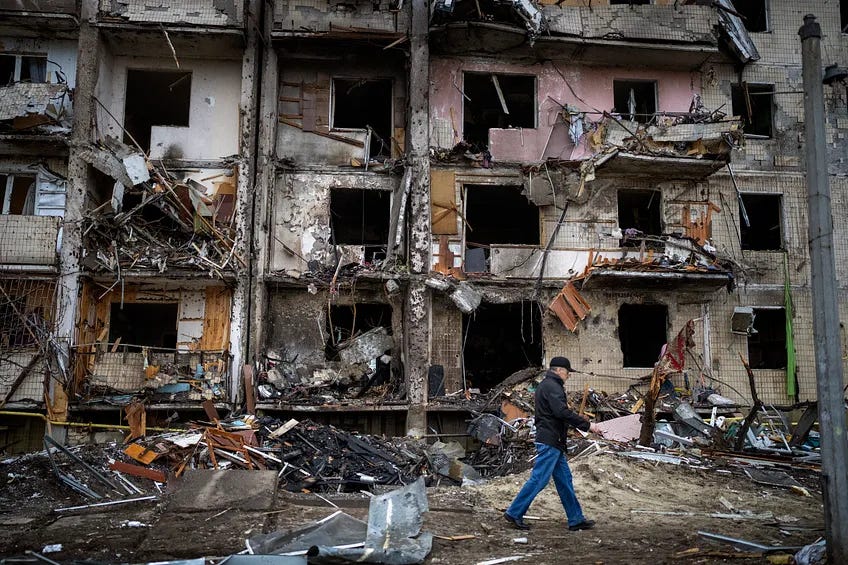‘We’ve seen this in Europe, just not in our lifetimes’
TFP revisits a conversation with Mark Hetfield, president of the refugee agency HIAS, from the shocking first days of Russia’s full-scale invasion of Ukraine.

Three and a half years into Vladimir Putin’s war on Ukraine—its people, its language, its culture—and Russia continues its brutal assault, this week bombing a hospital and a prison killing at least 25 civilians and injuring scores more.
As of May 31, the U.N. conservatively estimates the number of civilian deaths in Ukraine at 13,341 since Russia’s February 2022 full-scale invasion. The war has killed as many as 60,000 Ukrainian soldiers and 250,000 Russian forces, claiming over a million causalities and creating, astonishingly, some 6.9 million Ukrainian refugees.
At the start of the war, I reached out to an old source and friend, Mark Hetfield, a man who has devoted his life to finding safe places for refugees fleeing war and the threat of violence. Hetfield is president and CEO of HIAS, a refugee resettlement agency founded in 1881 as the Hebrew Immigrant Aid S…
Keep reading with a 7-day free trial
Subscribe to The First Person with Michael Judge to keep reading this post and get 7 days of free access to the full post archives.
